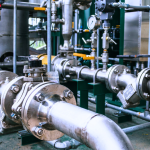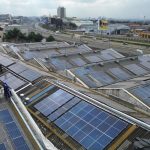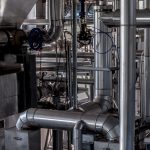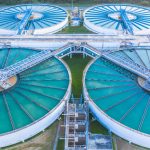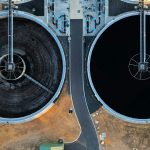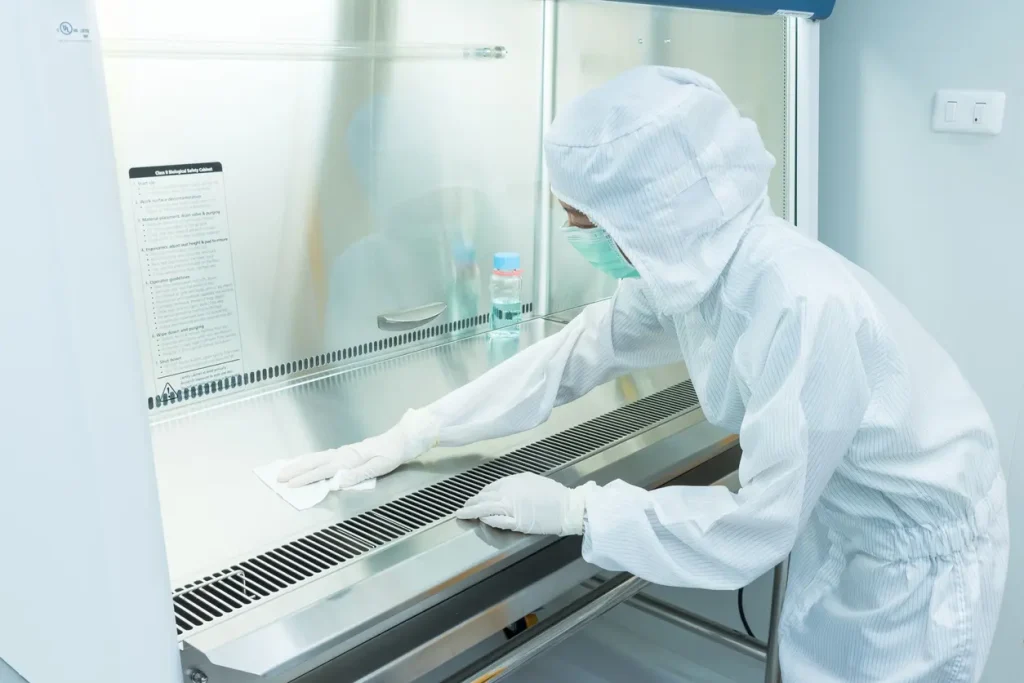
What are Laboratory Instruments?
Laboratory instruments refer to various gear used in a laboratory to perform different tasks. To ensure the success of any laboratory, one must maintain these instruments. Regular and proper maintenance of laboratory instruments and tools improves the accuracy of results and durability of instruments.
Types of Laboratory Instruments and How to Clean Them
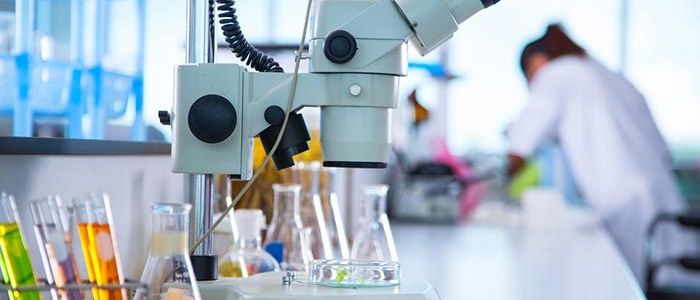
Common laboratory instruments include microscopes, balances, pipettes, centrifuges, spectrophotometers, incubators, and autoclaves. These instruments have various maintenance needs that vary from one another.
Microscope
Proper storage of microscopes is mandatory, and you should store them in a clean and dry place inside the dust cover. These covers exist for the sole purpose of keeping dust and dirt away from the fragile microscope components. Still, they also protect against any dangerous solvents, chemicals, or gases that tend to be present in the laboratory.
While cleaning, you should clean a microscope lens using lens paper and a lens cleaning solution, and then dry it with a clean piece of lens paper.
Balances are another vital laboratory instrument.
In the laboratory, scientists use it to measure and determine the weight or mass of objects or materials. Balances require regular and proper maintenance to improve accuracy in readings and a long lifespan.
These upkeeps include cleaning the balance frequently with appropriate cleaning agents and lubricating movable parts.
Pipette
A pipette is a glass tube of fixed volume (such as 5 ml, 10 ml, 50 ml, etc.) calibrated to deliver an accurate volume of a solution or a liquid. Regular and proper maintenance of pipettes is vital to ensure the accuracy and reliability of results.
Pipette maintenance includes cleaning after use, inspection before and after using, disinfecting, sterilizing, and Calibration.
In the laboratory, scientists use centrifuges to separate fluids, gases, or liquids based on density. Keep centrifuges well and properly lubricated, place them on a flat surface, use neutral agents during cleaning, and regularly inspect delicate and critical parts.
Spectrophotometer
A spectrophotometer is an analytical instrument that objectively calculates visible, UV, or infrared light emission or reflection. To maintain the spectrophotometer, you should use non-abrasive materials for regular cleaning.
Laboratory incubator
To grow, provide care, and maintain microbiological cells, researchers use a laboratory incubator. Maintaining an incubator is vital to ensure accuracy, reliability, and proper functioning. Some maintenance tips and routines include keeping a tab on temperature and Caborn (IV) oxide, regular housekeeping, and adequate storage.
Autoclave
An autoclave is a machine that uses steam under pressure to kill harmful bacteria, viruses, fungi, and spores on items placed inside a pressure vessel. A steam sterilizer is also known as it. The maintenance needs of autoclaves include proper usage, cleaning, and frequent inspection.
To prevent damage to the autoclave heaters, you should drain, clean, and maintain the autoclaves at least once a month.
Maintenance of Laboratory Instruments
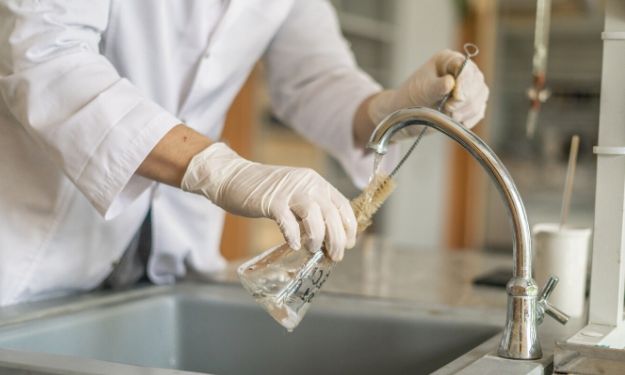
To maintain laboratory instruments, you can apply several tips including calibrating, lubricating, replacing worn-out parts, and storing them properly. Subsequently, Calibration is the process of determining, correcting, or standardizing the measuring marks on an instrument to ensure the accuracy and reliability of results.
This involves adjusting and verifying laboratory instruments to ensure the accuracy and reliability of results and findings.
Proper lubrication is another tip for improving and modernizing the accuracy and reliability of the instruments. That procedure is crucial for obtaining reliable laboratory experiment data, results, and information. It also prevents the corrosion of laboratory instruments.
Proper storage and replacement of worn-out parts also form the most important tip when it comes to the maintenance of laboratory instruments. Faulty equipment and tools can ruin laboratory experiments, provide inaccurate data and information, and even raise safety concerns that can have negative consequences.
Proper storage of laboratory equipment is vital for maintaining its efficiency and safety. The sentence in active voice would be: “People should store the instruments according to their needs and the laboratory’s storage capacity.
What determines tips for maintaining laboratory instruments? Maintenance of laboratory instruments Some factors determine the selection of instruments and tools, including the type of instrument, how frequently it is used, the number of people who use it, and the manufacturer’s guidelines and recommendations.
The type of instrument affects the maintenance of laboratory instruments.
Some equipment and tools require greater attention when handling and maintenance than others. In the laboratory, researchers use instruments with varying frequency, and the likelihood of wear and tear, as well as the need for maintenance, increases with more frequent usage of an instrument.
Proper use, regular cleaning, and regular Calibration are all important to ensuring instruments are in good working condition. Additionally, adequate handling, storage, and preventive maintenance are important for infrequent devices.
The number of people using an instrument also affects the maintenance of laboratory instruments.
This means the more people using the laboratory instrument, the more frequent the maintenance needs to be. This is due to the increased wear and tear on the instrument and the potential for mistakes or mishandling. Lastly, the manufacturer’s guidelines and recommendations.
The two provide instructions on how and when to use and maintain the instruments in the best way to ensure optimal performance, efficiency, reliability, and flexibility.
Laboratory Instrument Maintenance schedule
Developing a maintenance schedule to maintain laboratory instruments for long-term use and efficiency is very important. These care timetables should include frequency of maintenance, setting up a maintenance plan, assigning duties and responsibilities where necessary,
Coming up with preventive maintenance, and periodic inspection of laboratory instruments.
A laboratory maintenance schedule also helps identify problems and hazards before they become too costly to repair, replace, and address. A good laboratory maintenance schedule helps to ensure that laboratory instruments are functioning properly and accurately,
Producing accurate and reliable results, which is essential when undertaking a laboratory test, examination, or experiment.
Documentation
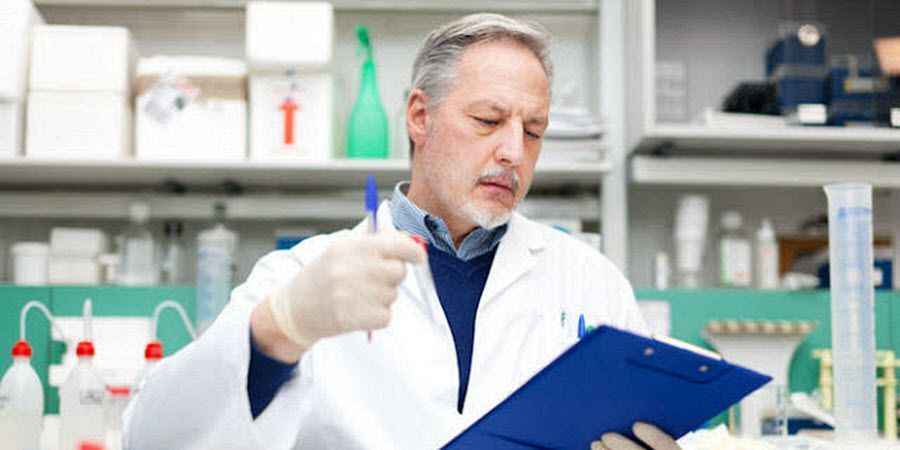
Documentation is crucial in all aspects of work and life. It is a single source of truth that saves time, cost, and energy in day-to-day activities. Documentation regarding maintaining laboratory instruments for long-term use and efficiency is vital. It provides accountability, integrity, and accuracy.
The documentation clearly explains the instrument’s maintenance history and identifies patterns. In case of equipment failure or loss, one can refer to well-kept documents and records. For instance, keeping track of calibration and testing results can provide important information and data about the equipment’s performance over time.
Detecting any alterations in performance using this information indicates a problem that requires addressing. Record keeping is also important for epidemiology, sterilization, instrument tracking, maintenance, and repair of laboratory instruments.
Conclusion
In conclusion, proper and regular maintenance of laboratory instruments is essential to any laboratory’s success. It is also important to have a good maintenance schedule in place. To track the instrument’s performance and maintenance history, you should also document and keep good records.

